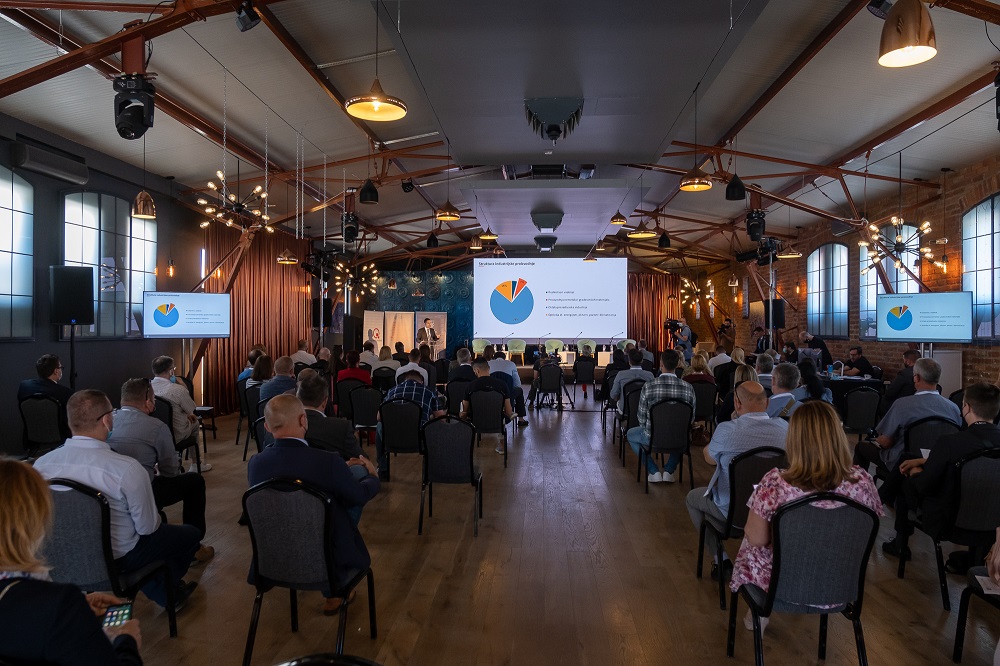17.06.2021.
At the conference held in Sisak, the topic of which was “Construction material industry and construction waste management during COVID-19 and post-earthquake rebuilding”, the Fund presented the activities taken after the severe earthquake.Immediately after the earthquake that struck Sisak-Moslavina County, the Environmental Protection and Energy Efficiency Fund started the programme of waste disposal in the affected area. “The Fund approved to Zagreb and Karlovac Counties 10 million kunas for the initial damage repair, and in January we allocated an additional 50 million for the implementation of waste management measures. To utility companies in Sisak-Moslavina County the Fund is co-financing the collection, transport, separation and waste treatment, and the purchase of the necessary equipment, so that this waste could be collected separately,” said Milovan Zrakić, project manager at the Fund.
He added that at the initiative of the Fund, utility companies from all over Croatia joined the action of waste collection in the stricken areas, helping their colleagues in Sisak-Moslavina County with their equipment and labour. “Our professional services are in the field and we are coordinating the activities of the utility companies to have the waste disposed of as soon as possible.“ said Zrakić.
Discussion at the conference in Sisak, that was organised by the Croatian Chamber of Economy under the patronage of the Ministry of Physical Planning, Construction and State Assets and the Ministry of Economy and Sustainable Development, included the topic of construction waste management in a resource-efficient manner. The earthquake that struck Banovina and Zagreb left behind great quantities of construction waste the disposal of which currently presents a problem, but with the establishment of a quality waste treatment system, it can become a valuable new product. If we take into consideration that more than 50 percent of the total waste in Croatia is construction waste, and that we are faced with the huge task of repairing the damage, which means its quantities will grow, it is clear that the national economy should not miss this chance.
The CCE vice-president for construction and transport, Mirjana Čagalj, said that CCE would help with their experience and coordination of their members, so that the citizens in Banovina and Zagreb could go back to normal life as soon as possible.
The CCE vice-president for industry and sustainable development, Tomislav Radoš, presented the prospects and possibilities for the Croatian construction industry, saying that the estimated quantity of construction waste in 2019 reached 1,365,066 tonnes.
“In the afflicted area, the focus of the local policy will be reconstruction that will generate huge quantities of construction waste. We have to recycle it to the greatest possible extent and use for the remediation of our roads and other infrastructure”, said Mihael Jurić, deputy mayor of Sisak-Moslavina County.








